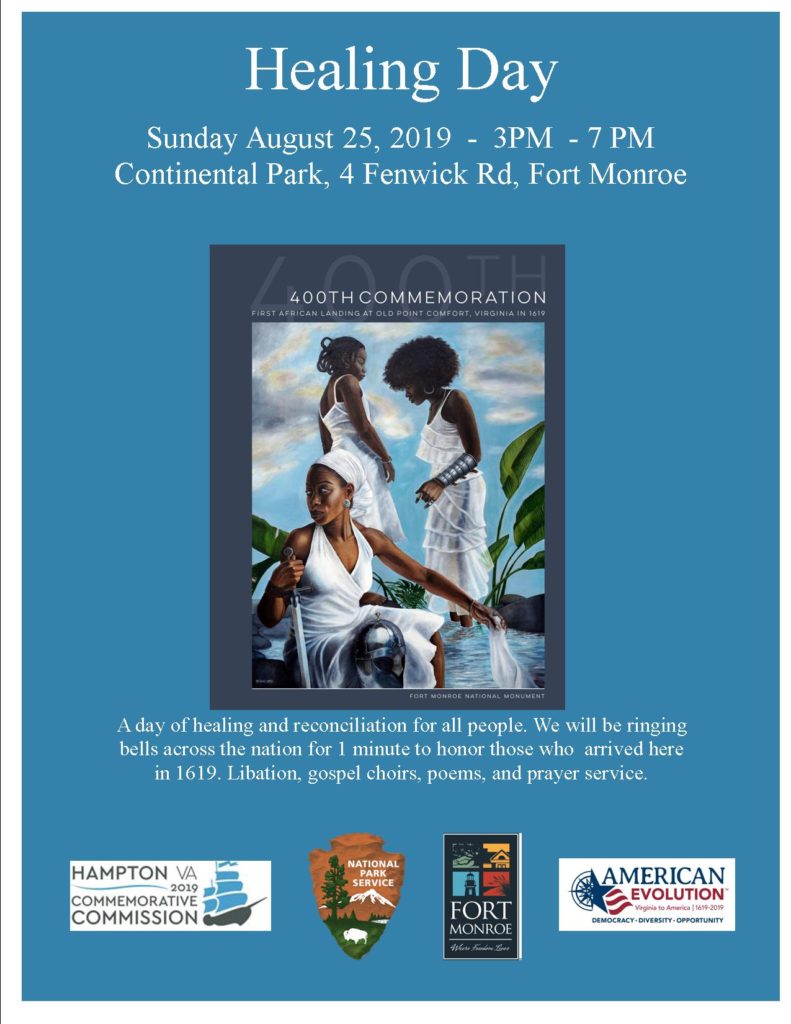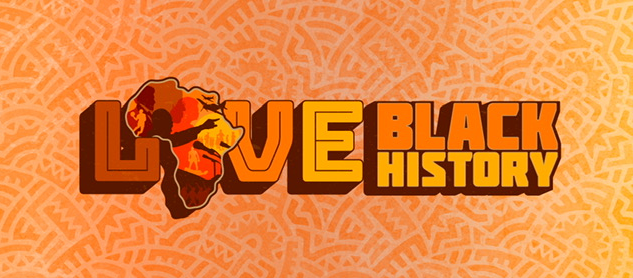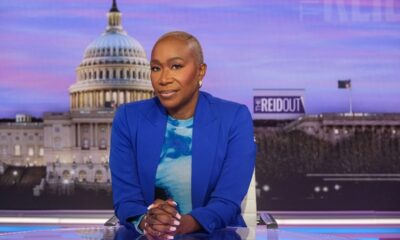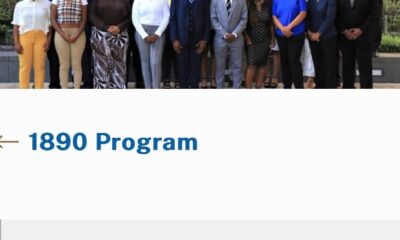It was described
as an area overrun with natural resources. Pine trees covered the north end while
various plants and animals occupied the rest. Birds flocked to Mill Creek,
which was overrun by marine life and at the bottom of the Chesapeake Bay, lay a
bed of oysters – an important food source for the Native Americans who valued
the area as an important hunting and fishing camp.
But little remains
of this area which was in Hampton, Virginia. And centuries later, it is being
remembered for something else – the landing ground for the first Africans.
Their arrival in
1619 at Point Comfort in Virginia changed the course of America’s history. This
month many are commemorating their arrival, and how the knowledge they brought
and skills they invested rescued the dying colony. In the end, not only did
they endure, they thrived. They and their descendants built this nation,
according to historians. And transformed it.
“They didn’t just survive, they created new
music, new art forms,” said Terry Brown, Superintendent, Fort
Monroe National Monument, National Park Service, in Virginia. “They
reclaimed their heritage. They created vibrant responses to American democracy.
It’s one of the greatest survival stories in American history. We created new
families, new traditions. Our contribution is beyond measure.”
Last year, the
400 Years of African-American History Commission was established to create
events that would highlight those contributions. But with no funding from Congress,
the commission has done little.
Brown, who is a
member of the Commission, realized he had to do something, especially with Port
Monroe, formerly Point Comfort, playing such a pivotal role.
He said, “This is
the state where they landed. People started calling, asking me, ‘are you doing
anything?’”
He joined forces
with the National Park Service, the Fort Monroe Authority and the city of
Hampton to create a grand commemoration spread over two days. Now, he can tell
those who call, they are doing a lot.
He tells them
about the walking tour and the campfire talk centered around African American
history. They will see the marker where the 20 and odd landed, the Contraband
Bridge where they were enslaved and freed centuries later. General Benjamin
Butler’s “Contraband Decision” in 1861 provided a route to freedom for
thousands of slaves during the Civil War. It was the forerunner for President
Abraham Lincoln’s Emancipation Proclamation of 1863.
President Barack Obama’s Proclamation
“Old Point
Comfort marks both the beginning and end of slavery in our Nation,” then-
President Barack Obama said in his proclamation of the Fort Monroe National Monument
on Nov. 1. 2011.
“Known first as
“The Gibraltar of the Chesapeake” and later as “Freedom Fortress,” Fort Monroe
on Old Point Comfort in Virginia has a storied history in the defense of our
Nation and the struggle for freedom.”
In his statement
he debunked the myth that had been taught for generations, that the first
Africans landed in Jamestown.
“The first
enslaved Africans in England’s colonies in America were brought to this
peninsula on a ship flying the Dutch flag in 1619,” Obama said. “Two hundred
and forty-two years later, Fort Monroe became a place of refuge for those later
generations escaping enslavement.”
Still, many
aren’t aware of this history. And for them, this month will come and go like
any other. Brown and others are trying to change that.
“The nation
doesn’t even know its 400 years,” Brown said. “It’s breaking my heart. I think
people only recognize us during Black History Month. They ignore us every other
day.”
There’s a reason
for that. He said, “There is a complete ignorance of what role African
Americans play in this country. When they talk about African American history,
they think it’s just African American history when it’s American history. They
don’t think it pertains to them when it’s America’s story.”
He hopes the
commemoration ceremony and the information shared will change that. But he
knows it will be a struggle. After all, 400 years have passed, but the lies
still persist about who the first Africans were, where they landed and what
they did.
But Brown knows
the truth and each morning when he comes to work, he sees that history. His
office is two-hundred yards from where they landed in Point Comfort, today’s
Port Monroe. And he has learned of their journey.
African Landing Day Commemoration
After the Portuguese
hired headhunters to attack Angola, 350 Africans were stripped of their
belongings, beaten and bound and packed inside the San Juan Batista in
1619.
The ship was
heading to Mexico when two English corsairs, hoping to find gold, attacked the Spanish
galleon-type sailing ship. Instead they found the Africans and took 60 to cover
their loss. These Africans had wondered at their fate as they watched more than
a third of their fellow Angolans, some they likely knew, die from sickness
while a few were sold for medicine. But these 60 were strong and among the
healthiest. And so, they were picked by the captains of the White Lion
and the Treasurer.
But the ships encountered
a severe storm and were separated, the White Lion was the first to
arrive at Point Comfort where more than 20, believed to be between 8 and 25
years old, were sold for food. The date was Aug. 25. The other ship arrived
days later. In a new world, the Africans adapted. They ended up saving the
colony and its settlers. The English settlers didn’t know how to farm and had
been relying on the Native Americans.
But when a war
broke out between them, many of the settlers were killed while others starved
to death – some resorting to cannibalism to survive.
This first
generation of enslaved Africans brought to Virginia were skilled farmers,
herders, blacksmiths, and artisans. They were accomplished traders. They also
brought many ideas and innovations including food production and crop
cultivation.
Because of them
the remaining English settlers survived. K. I. Knight, author of Unveiled:
The Twenty & Odd, said, “it was a stroke of luck for America that they
arrived. I don’t believe
America would have existed, certainly Virginia wouldn’t have been a colony,”
Knight said.
On Aug. 24, many will come together to
commemorate the day the first Africans landed with cultural demonstrations, vendors,
children’s activities, and more. Black Cultural Tours will be also be offered
from 12 to 4 p.m.
The day’s lineup will also include
dignitaries from Africa including the tribal king from Cameroon and people sent
by the president of Ghana, the KanKouran West African Dance group will perform
and an African Naming Ceremony will be conducted. There will be a procession to
the fishing pier for the flower petal throwing ceremony where they will throw
petals on the water to represent the lives lost during slavery, and at the end
there will be free concert at the Hampton Coliseum featuring the Sounds of
Blackness.
The program will
begin at 6:30 a.m. with a spiritual cleansing at Buckroe Beach before moving to
Continental Park. At 9:30 a.m. there will be a dedication of the Fort Monroe
Visitor and Education Center. The new visitor center will tell the story of the
first Africans. And the next day will be the Healing Day
Ceremony.
It will be a day of healing and reconciliation for everyone,
said Calvin Pearson, founder and president of Project 1619, which was formed to
tell the story of the first Africans. His organization helped to plan many of
the events.
“It’s not just
for Africans, but also for those who enslaved and oppressed us,” said Pearson whose
organization helped to plan many of the events.
Healing Day Ceremony
Though they were enslaved, they were
not considered slaves and were sometimes referred to as servants. But there
were still wide disparities between them and the white indentured servants.
The white indentured servants were
still legal subjects of the English crown and entitled to certain protections
including a contract that ensured their freedom after seven years. But the
Africans were different. They were aliens. They had to work 15 to 20 years to
get their freedom – and this was often at the discretion of the plantation
owners. Still, some fought in the courts for their freedom and that of their
families.
In the end, most, if not all, gained
their freedom. Some intermarried while others escaped with white indentured
servants.
But gradually the laws changed. “They
became early America’s indispensable working class—fit for maximum
exploitation, capable of only minimal resistance,” Ta-Nehisi Coates said in his
article, A Case for Reparation.
In 1661, chattel slave
labor law began and over the next 200 years the laws ensured that they remained
nothing more than commodities. Black
people were reduced to a class of “untouchables” while all whites were raised
to a level of citizens, Coates said. Intermarriage became illegal, everyone
except Blacks could carry weapons and once again the Africans were stripped of
all property and belongings. And on their backs and with their blood a nation
was built.
“Africans’ free labor built America,”
Pearson said. He said they built roadways, churches, schools and communities.
They built the memorials and monuments that America treasures as part of its
history. “Every major city and historical building built between 1619 and 1865
were built by Africans free labor,” he said.
Still,
recognizing and honoring this truth means little to many, Brown said. “Many
don’t believe their history is relevant. And so, he said, the unawareness is
pervasive. People just don’t know. That’s a black and white thing. People just
don’t know 400 years is here.”
To honor those
years, the commemoration will also include a National Bell Ringing Ceremony in
which churches and communities around the nation are invited to ring their
bells for four minutes, beginning at 3 p.m. on Aug. 25. On that day, there will
also be songs by gospel choirs, poetry, a prayer service as well as a libation
ceremony.
Still for Brown, who moved from
Boston to Virginia in 2016 to take the superintendent position, there was a far
more thrilling experience awaiting him. He attended an event soon after he
arrived and some people he didn’t know had joined him to take a picture. He was
curious to know who they were and awed when he found out. They were the
descendants of two of the first Africans to land in Virginia.
“That blew my mind,” Brown said. And
there were many of them, he said. Some of them will participate in the
commemoration honoring their ancestors whose courage laid the foundation for an
entire race of people in a new land.
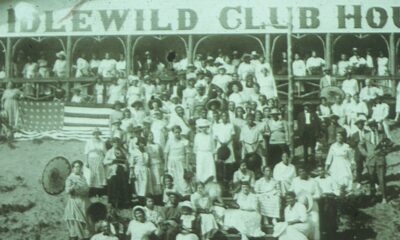
 Black History5 years ago
Black History5 years ago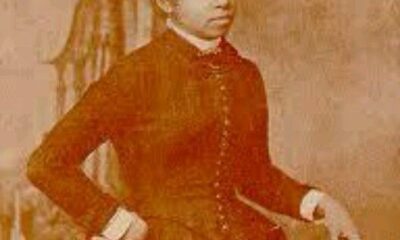
 Black History6 years ago
Black History6 years ago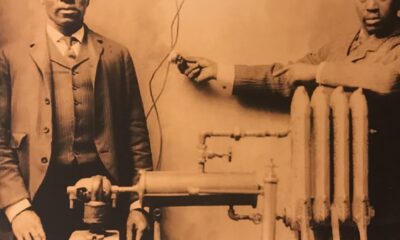
 Black History4 years ago
Black History4 years ago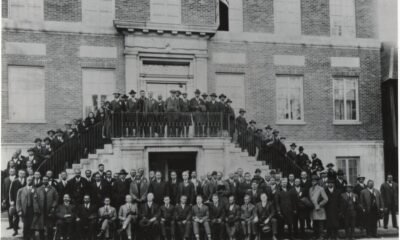
 Black History5 years ago
Black History5 years ago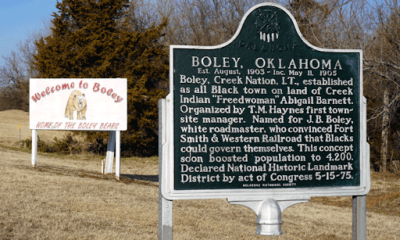
 Black History5 years ago
Black History5 years ago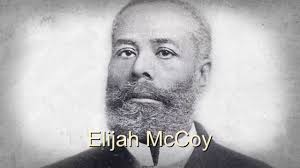
 Black History6 years ago
Black History6 years ago
 Black History9 years ago
Black History9 years ago
 Black History5 years ago
Black History5 years ago
